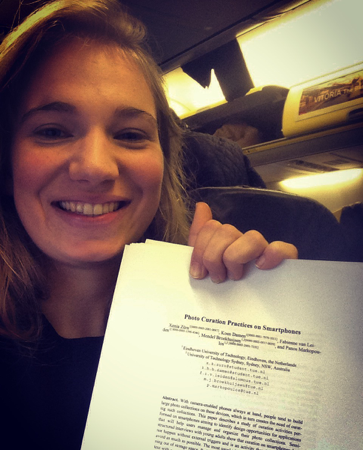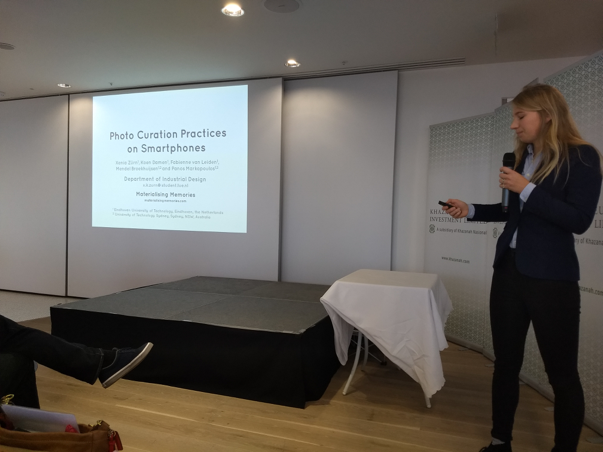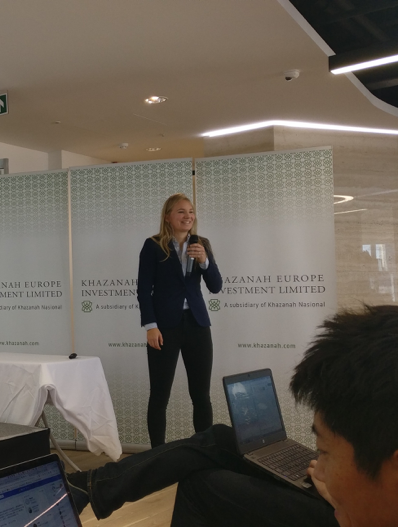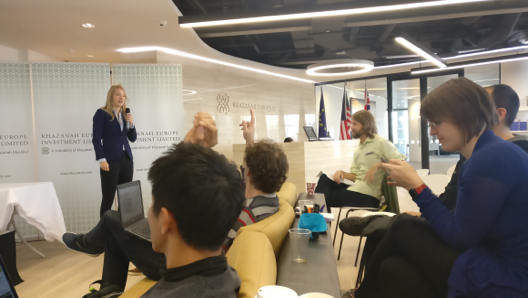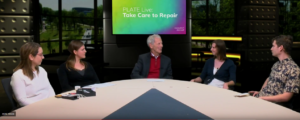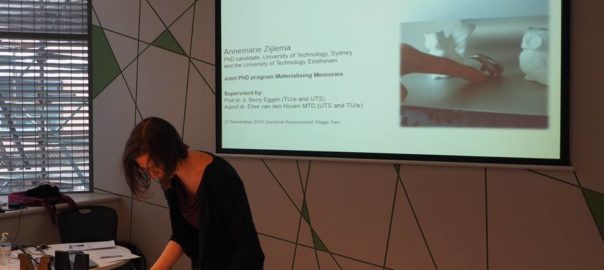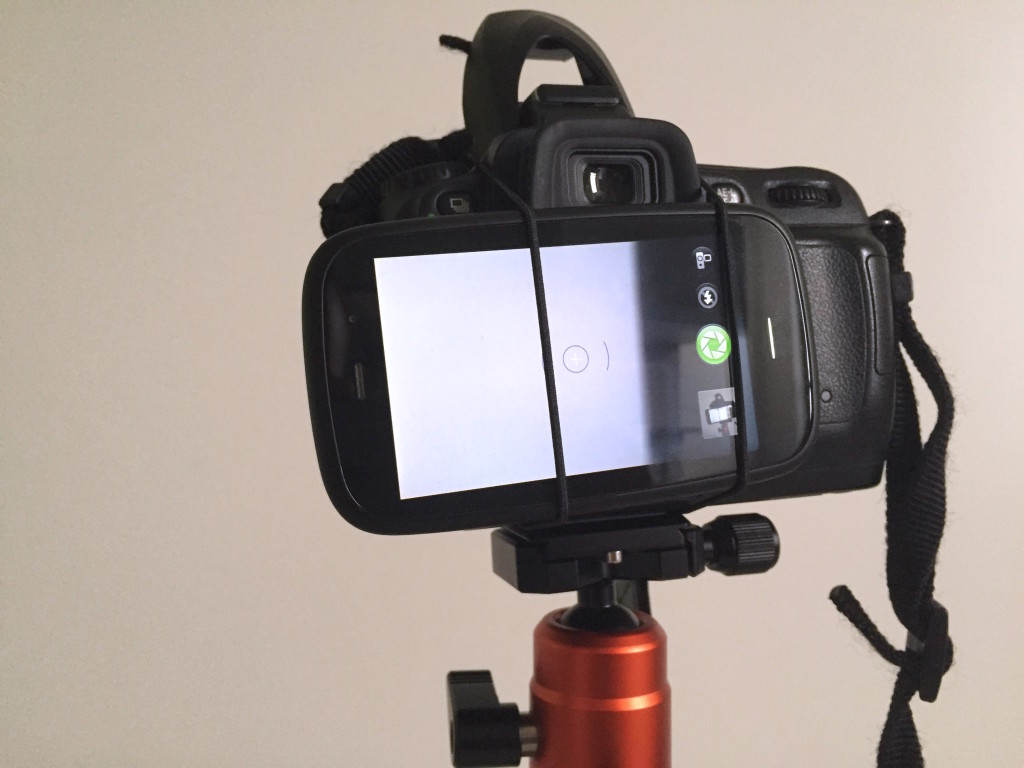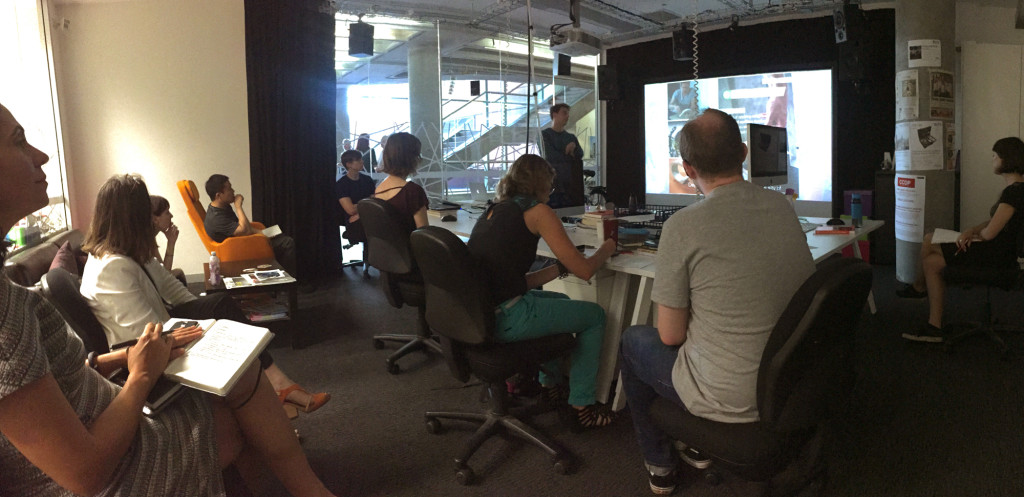Please join us for our next talk by A./Prof. Young-Woo Park. This event is co-organised by ACM SydCHI, the Materialising Memories Research Program, and the UTS Visualisation Institute.
Thursday, 26 May 2022, 12:00 PM-1:00 PM. You can register your interest to attend via the Eventbrite page to receive the meeting link.
Abstract
People create and consume digital possessions such as photographs, digital music, videos, posts, texts, and documents through smart devices in their daily lives. This behavior has caused an increase in the types and amount of individuals’ accumulated data over time, and storing everything “just in case” has made it difficult for people to organize and retrieve the data. Although cloud services and AI make the revisiting experience easy to navigate for particular themes, digital possessions’ intangible and indiscriminate nature still affects the limited experiences revisiting individuals’ past data. Our research team has investigated ways to provide new designs and interactions using data-driven technologies for meaningful everyday activities, which link to enriching self-reflective experiences. At this point, we utilized everyday objects to show and provide tangible interaction with personal lifelog data to support new experiences in daily life. This seminar will introduce examples of how people perceive and interact with personal lifelog data (e.g., photos, music listening history, schedules, and reading activity) through everyday artifacts in homes.
About A./Prof. Young-Woo Park
I am an Associate Professor of Design at Ulsan National Institute of Science and Technology (UNIST) in South Korea and leading Interactive Product Design Lab. As an interaction design researcher, I was Program Chair of ACM TEI’22 and Papers Program Committee for ACM CHI’19 & ’20, DIS’18 & ’20~’22, along with South Korea’s HCI and Design community. My research highlights the significance of ‘physical richness’ during interaction with technologies by utilizing personal data as a material for designing interactive artifacts enabling tangible exploration of digital archives in everyday lives.

